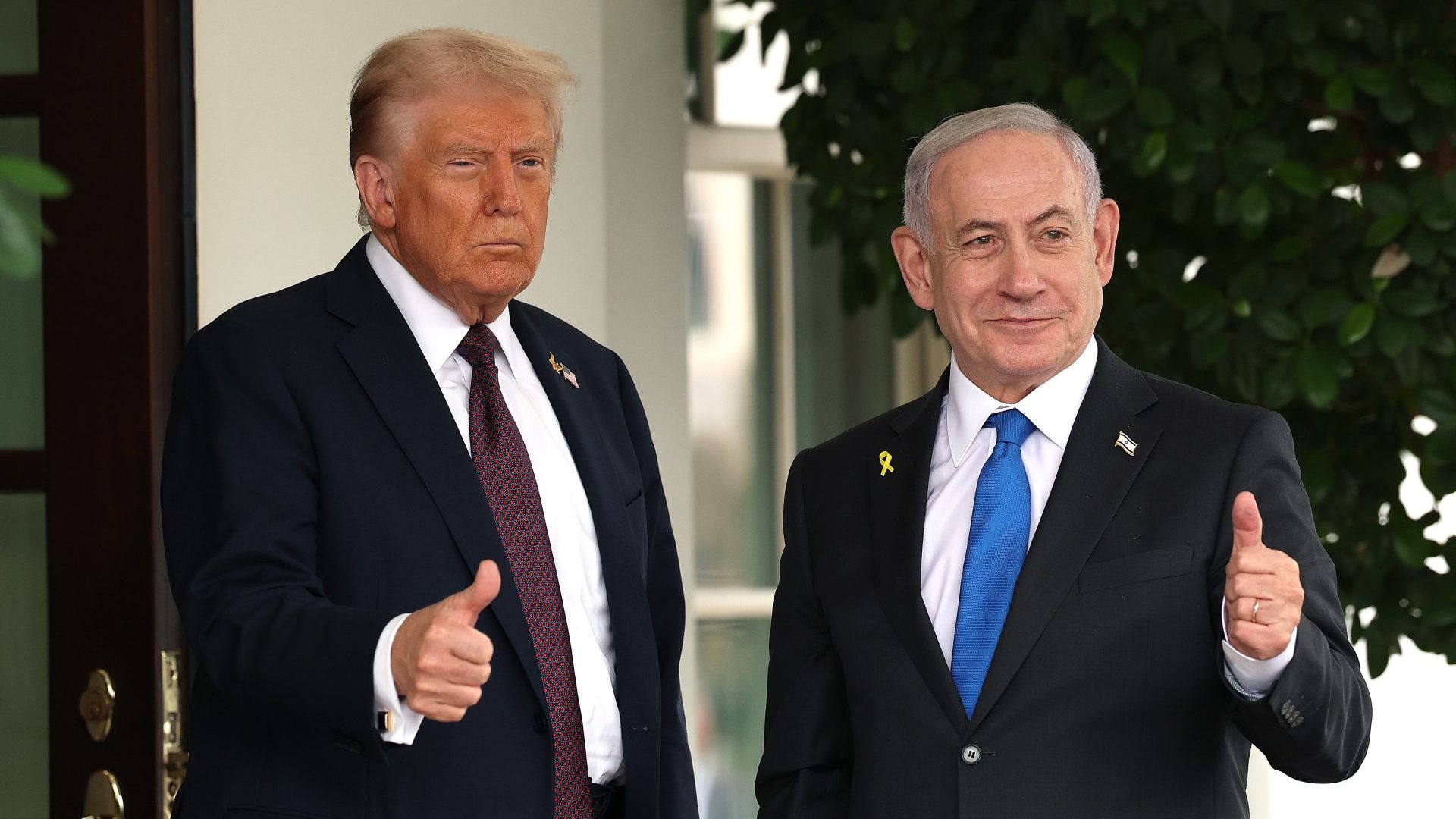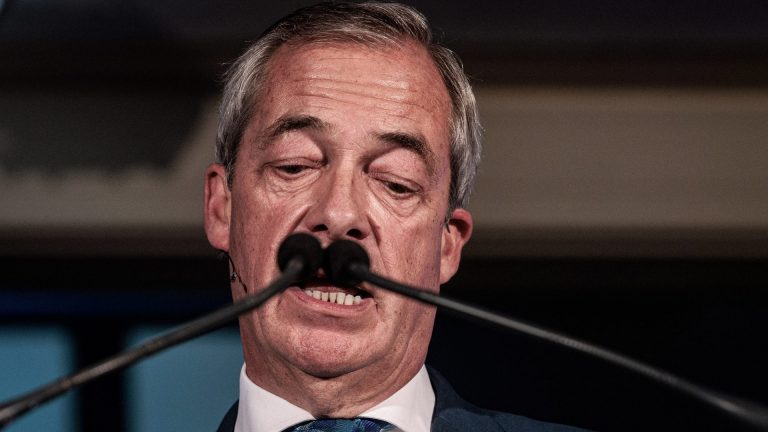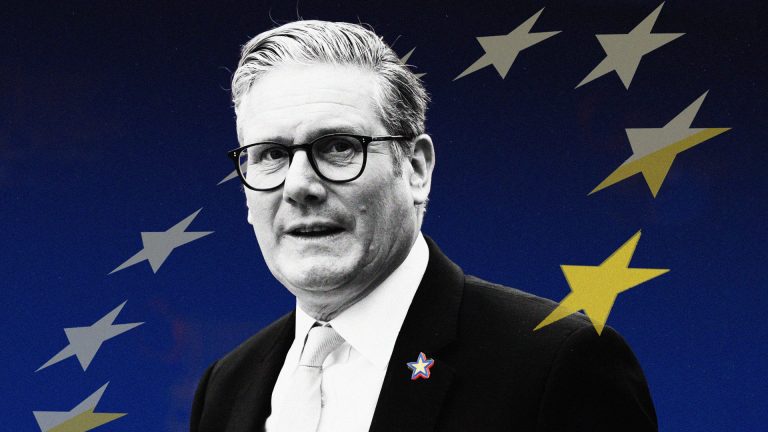US president Donald Trump, standing alongside Israeli prime minister Benjamin Netanyahu, has unveiled a new plan to end the war in Gaza. Any attempt by the international community – and especially the US, due to its unique position of influence in this conflict – to move from violence to negotiations should be welcomed.
However, the plan contains ambiguities that are already creating confusion. It includes demands that both Hamas and far right Israeli politicians have previously rejected, and has had no input from the people whose lives it will most directly affect. There is also no mention of a key ingredient of any plan for long-term peace: justice.
In the plan, all fighting would cease, Hamas would return all hostages, and Israel would release 250 life-sentence prisoners, as well as 1,700 Gazans who were detained after the October 7 terror attack.
Israel would be required to allow aid to enter Gaza, and displaced Palestinians would be encouraged to return to their homes (a welcome U-turn by Trump after his “Riviera of the Middle East” plan called for the removal of all Palestinians in Gaza). A Trump economic development plan would go into effect to “rebuild and energise Gaza”.
All of this would be overseen by an apolitical Palestinian committee with responsibility for running day-to-day services with oversight by an international “Board of Peace” headed by Trump and including, among other leaders, former prime minister Tony Blair. This body would set the framework and handle the funding for redevelopment until such time as the Palestinian Authority has completed a reform programme.
Security would be guaranteed by a temporary International Stabilisation Force (ISF) which would immediately deploy in Gaza. The US will work with international partners, including Jordan and Egypt, to develop the ISF, who in turn would train and support vetted Palestinian police forces in Gaza.
The plan lacks significant details and raises more questions than it answers. In reality, it is more a series of principles than a blueprint to start building peace on the ground. This, however, is not a major issue as, in such negotiations, there is often a process that includes the building of principles, frameworks and treaties, before detailed plans are developed.
What is more problematic is the ambiguity. Point 19 of the plan states: “While Gaza re-development advances and when the PA reform programme is faithfully carried out, the conditions may finally be in place for a credible pathway to Palestinian self-determination and statehood, which we recognise as the aspiration of the Palestinian people.”
This suggests the door is open for a future Palestinian state. However, Netanyahu has categorically ruled this out. When asked whether he had agreed to a Palestinian state during his visit, he said: “Absolutely not, and it is not written in the agreement either.”
Elsewhere, point 16 states that, “Israel will not occupy or annex Gaza. As the ISF establishes control and stability, the Israel Defense Forces (IDF) will withdraw based on standards, milestones, and timeframes linked to demilitarization… the IDF will progressively hand over the Gaza territory it occupies to the ISF according to an agreement they will make with the transitional authority until they are withdrawn completely from Gaza, save for a security perimeter presence.” Yet, Netanyahu has said after his meeting with Trump that the IDF “will remain in most of the territory.”
Suggested Reading

The Trumpist on course to win in Czechia
In such situations, it can be useful to provide each side with narrative space, to sell their interpretation of any agreement to their own people, but there needs to be a shared reality between the sides to operate within. With too much left to interpretation on the fundamentals of the agreement, both Israel and Hamas can accuse the other of not adhering to it.
This then points to another fundamental challenge with the plan. This has not been a negotiation between the sides. Neither Hamas, the Palestinian Authority nor any other body representing the people of Gaza have been involved.
Hamas’s role seems to be only to accept the plan and then disband. Trump says that if it rejects the plan, Israel will have his “full backing to finish the job of destroying the threat of Hamas.”
A source close to Hamas told Reuters the plan was “completely biased to Israel” and imposed “impossible conditions”. If Hamas does not represent the people of Gaza, then who will represent them? Israel has been trying to leverage tribal structures within Gaza, but any leaders endorsed by Israel immediately lose their credibility with those they are meant to be representing.
Before the strict Islamism of Hamas, there were centuries of rich civic society in Gaza, but its authoritarian rule has crushed many of these ancient structures and networks. They would need time and resources to rebuild in the rubble, whilst also trying to administer life-saving amenities and aid to avert famine and disease, even if a respite from the IDF is agreed.
Trump’s answer to the question of who will represent the Gazans in the meantime seems to be the vague concept of a “technocratic, apolitical Palestinian committee” and the Blair-enhanced “Board of Peace”. This body will, “call on best international standards to create modern and efficient governance that serves the people of Gaza and is conducive to attracting investment.”
The implication that the development of Gaza will be controlled by a combination of Trump’s financial pals looking to make fast dollars and the architects of the failed nation-state-building projects in Iraq, Libya and Afghanistan does not inspire confidence. The social dynamics, historical grievances and deep injustices present in Gaza are deep, and must be addressed if any lasting peaceful society is to be created.
It suggests a repeat of other attempts to install a government based on western-style “good governance”, in nations ranging from Afghanistan to Zimbabwe, enforced by foreign troops amongst a population where everyone will have lost someone at the hands of the IDF. This would be as bad of an idea as it sounds.
While Hamas claims the plan is completely biased, Netanyahu still has work to do to sell it. Israel’s far right finance minister Bezalel Smotrich has already called the plan a “resounding diplomatic failure”.
Polling suggests the wider population in Israel wants a quick end to the war in Gaza. But whether Israel honours this plan will be down in no small part to Netanyahu’s calculations concerning his own political survival. He continues to have to appease the extremists in his fragile coalition, keeping it intact until next year’s election, while appealing to the voting public tired of war and international isolation.
Successful conflict resolution as demonstrated at the end of the second world war, in Northern Ireland, the Balkans, apartheid South Africa, and Rwanda, all involved a process where justice was sought for the victims. There is no mention of such justice in the current plan. Without justice, grievances fester, and eventually violence returns.
When signing the Dayton Peace Accords that ended the Bosnian War in 1995, the president of Bosnia and Herzegovina, Alija Izetbegović, claimed, “It may not be a just peace, but it is more just than a continuation of war… In the situation as it is, and in the world as it is, a better peace could not have been achieved.”
While those in positions of power debate this plan, the violence continues in Gaza and those who are most powerless suffer the consequences. Maybe we need to support any plan that ends the violence, no matter how imperfect, and then look at how we can seek justice after the violence stops.
In the years following Izetbegović’s statement, a number of leaders were found, arrested and indicted for their crimes. For now, in the world as it is, the discontinuation of war must be achieved.
Andy Owen is a former British military intelligence officer









